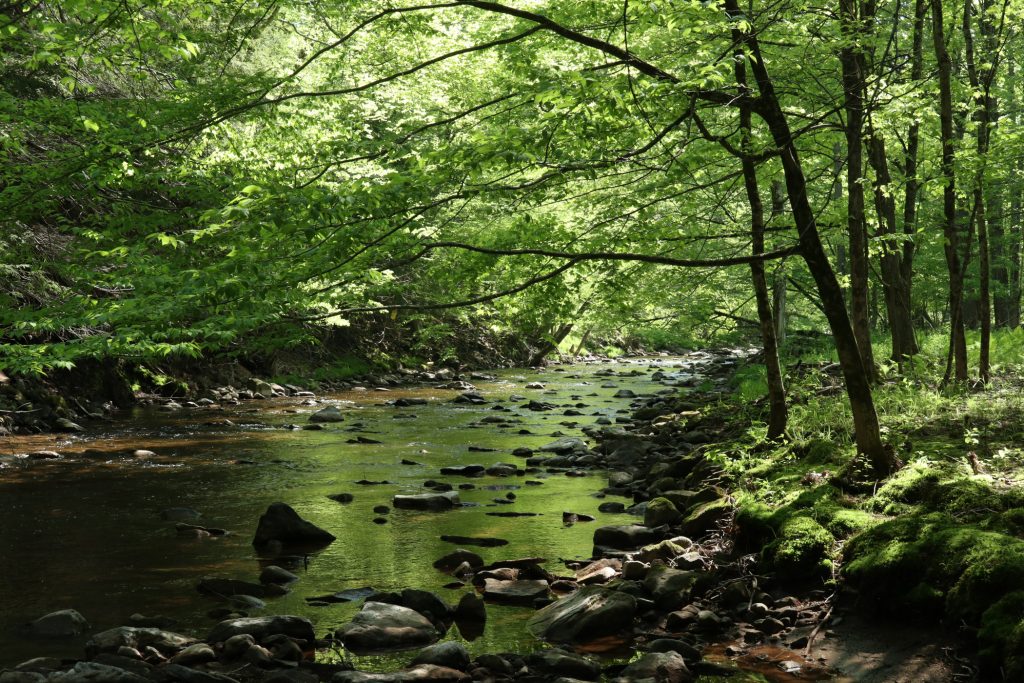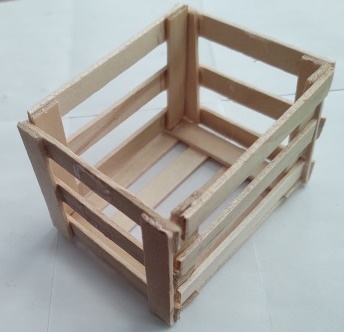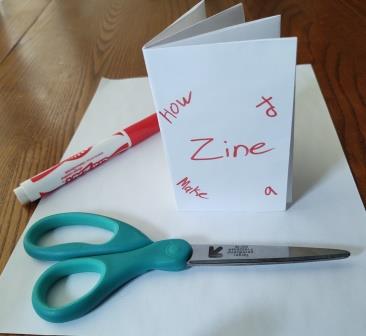 From its start as a seasonal sawmill in the 1840s, the Hanford family expanded the Mill to also include a gristmill, feed mill, woodworking shop, and hardware store. Today, Hanford Mills Museum shows how mills, which were once common in rural towns, operated.
From its start as a seasonal sawmill in the 1840s, the Hanford family expanded the Mill to also include a gristmill, feed mill, woodworking shop, and hardware store. Today, Hanford Mills Museum shows how mills, which were once common in rural towns, operated.
Hanford Mills Museum is a program partner of the Creating Rural Opportunities Partnership (CROP). These combination video and activity lessons are based on CROP programs and can be easily done at home.
CROP VIDEO LESSONS
Seeds
Just about everything we eat either comes from seeds or eats them. Join us as we talk about why seeds are important for our community and begin to grow your own seed! Watch the video
Games
For as long as there have been people, we have found ways to have fun. Find out how to play some of history’s most popular games! Watch the video, read the activity guide and see how to make your own games.
Reading Maps
Did you know that you can tell how tall a mountain is by looking at a map? If you are ever planning on going on a hike through the woods or on a mountain, you are going to need to learn how to read a map. Luke will explain what the different lines mean on maps, and then you can make your own maps and a 3D mountain. Watch the video and download activity guide
Shapes
Everything we see in our lives is made up of shapes. Some shapes, like triangles, are easy to spot. Others are so big that we don’t have names for them yet! Watch the video and download activity guide.
Learn About Ice Houses
People have used ice to cool things for hundreds of years. Before electric freezers existed, people would store ice in special buildings called ice houses. Join us to learn how they work and for a fun ice experiment! Watch the video and download activity guide.
CROP KITS
From its start as a seasonal sawmill in the 1840s, the Hanford family expanded the Mill to also include a gristmill, feed mill, woodworking shop, and hardware store. Today, Hanford Mills Museum shows how mills, which were once common in rural towns, operated.
Make Your Own Crate
In the late 1800s and early 1900s, Hanford Mills made thousands of wooden crates for local farms. Crates played a major role in shipping Delaware County’s food products. Farmers used the crates to transport vegetables and creameries used crates to ship dairy products. Enjoy making your own mini crate!
You will need:
10 long craft sticks, 16 medium craft sticks, glue
Watch the video


Make Your Own Catapult
Even the complicated power tools that we use today are made up of at least one simple machine. Simple machines (belts and pulleys, levers, wheels and axles, inclined planes, screws and wedges) operate everything from the sawmill at Hanford Mills, to the most technologically advanced robots. This catapult is a combination of two simple machines (a lever and a wedge). How far can you launch your cotton ball?
You will need:
7 craft sticks, 7 rubber bands, 1 plastic spoon, 3 cotton balls
Watch the video
Make Your Own Zine
A zine is a mini-magazine. You can make a zine about anything that you want, but here are two ideas:
1. Living in Upstate New York gives us many wonderful opportunities to explore nature. At Hanford Mill Museum we share our site with raccoons, squirrels, chickadees, and deer. We also have many kinds of plants, including grass, maple trees, and cattails. And the Museum’s site is just one example of an animal habitat. With your zine, check out what is in your yard. What can you see? Use your zine as a journal and draw some of the different plants and animals you see!
2. Museums take care of important objects, both old and new, and share stories about them and the people who owned/used them. If you could make a museum using things at your house, what would you want to share with other people? Choose some items that are important to you and share them with drawings and/or write about their stories.
You will need:
a sheet of paper, colored pencils, scissors
Watch the video


